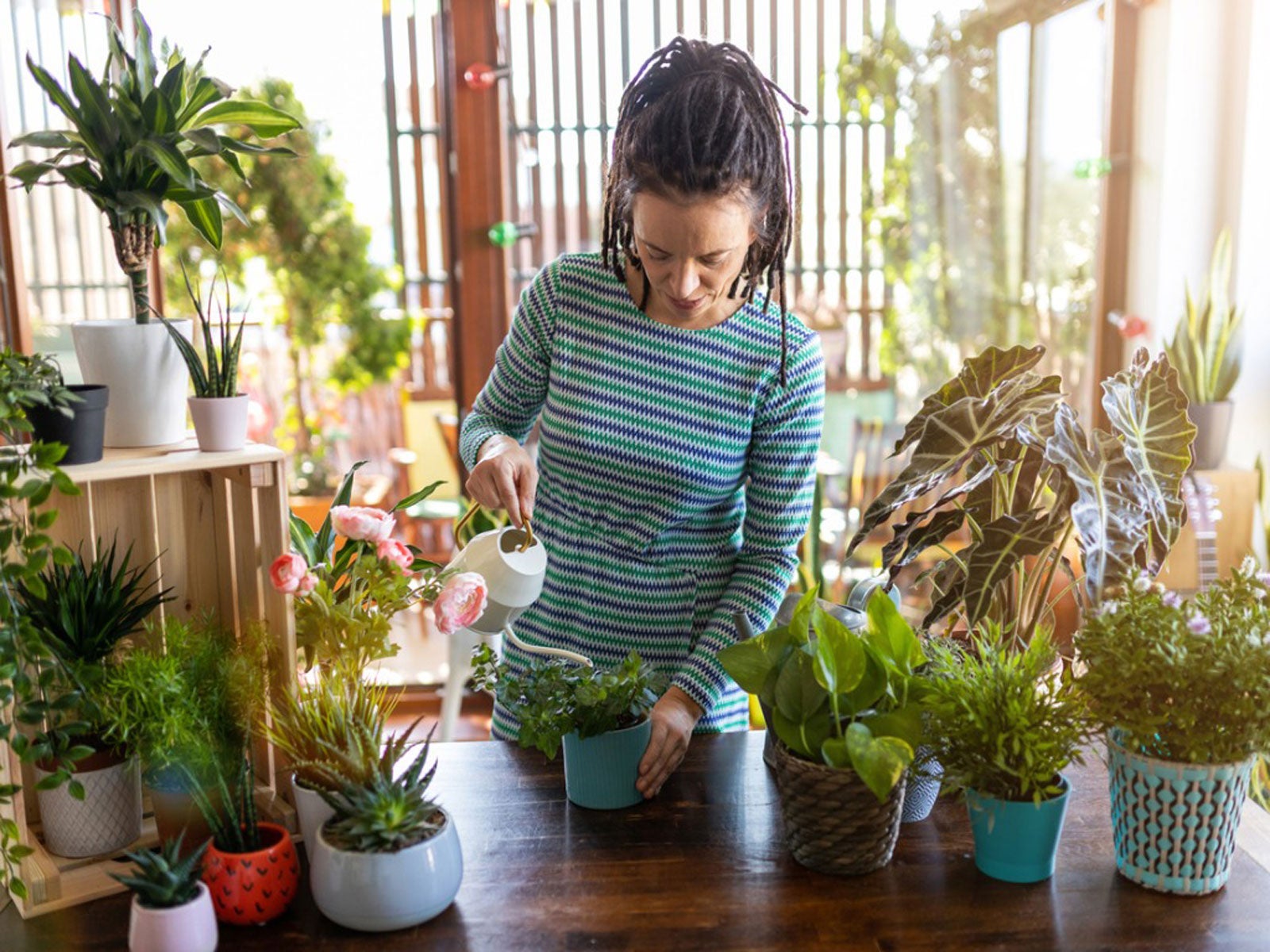Indoor Plant Problems: Mistakes People Make With Houseplants

Mary H. Dyer
Most indoor plants are relatively easy to grow, so it can be frustrating when your arrowhead plant or Christmas cactus keels over. Don’t feel bad if your plant fails to thrive; we’ve all made indoor gardening mistakes from time to time. Chances are, you haven't paid enough attention to the plant’s needs, or you’ve killed it with kindness.
Mistakes People Make with Houseplants
Growing houseplants in our homes brings us a lot of joy and appreciation for natural beauty. Not only are they beautiful, they also purify the air and create a serene atmosphere. But there are a lot of indoor plant mistakes that can derail our efforts. Let’s take a look at the most common indoor plant problems that you should be aware of.
- Incorrect Labeling – One of the most common houseplant mistakes is buying a plant that is poorly labeled with no specific variety listed. Although you might like the plant, if you don’t find out what it is, it will be too difficult to know what conditions it likes. Many plant labels are too generic and don’t actually indicate the type of plant that you’re buying. If you’re not confident that you can find out what it is, skip the purchase. Not knowing what you’re buying will inevitably lead you to many problems with houseplants. Also, don’t buy a plant that looks weak or sickly, and beware of pests or diseases that might pass problems to your healthy plants.
- Light – One of the biggest mistakes people make with houseplants is not placing plants in the correct light conditions. This can be a tricky subject, but it pays to know what each species likes. All indoor plants need light. Some, such as aloe vera or ponytail palm, thrive in bright, direct sunlight. Others, including dracaena, tolerate low to moderate light. Some plants tolerate a range of conditions, including snake plant, philodendron, pothos, and spider plant. Do your research to really get to know what kind of light each plant likes indoors. Failing to do so will lead to disappointment and many problems with houseplants.
- Watering – Another one of the many mistakes that people make with houseplants is improper watering. Overwatering is the number one reason for plant death in most cases. The proper way to water a houseplant is to water thoroughly until water escapes the drainage hole, and then discard excess water. All plants should be watered this way. The key is to know how much the soil should dry out in between. Check the soil before watering. As a general rule, water when the top 1 inch (2.5 cm.) of potting mix is dry. Plants like succulents and cacti should be allowed to completely dry in between, whereas plants like ferns don’t like to dry out at all. Get to know what plants you have and what they like.
- Soil and Nutrients – Standard good-quality potting soil is fine for most plants, although some, including succulents, orchids, and ferns, do better in a mix formulated specifically for that plant. Never use regular garden soil. There’s also the common mistake is not fertilizing, which can lead to problems with houseplants down the line. Remember that unlike a plant outdoors, nothing will replenish nutrients in the pot of soil indoors. When it comes to fertilizer, don’t be overzealous. It is always a good idea to fertilize throughout the growing season with occasional applications of a weak, water-soluble fertilizer and cut back or stop during the winter. Some plants, such as African violets, do better with a special fertilizer for blooming plants.
- Container Size – Use the right size container. Too small of a container will crowd the roots, and one that is too large will hold excess moisture that may cause root rot. If you’re repotting a rootbound plant, the new container should be only 1 to 2 inches (2.5 to 5 cm.) wider than the current container, or one size up. Plants with a long root system may need a deeper pot, while others may thrive in a wide, shallow container.
- Temperature – Exposing plants to extreme temperatures is another item in the list of common houseplant mistakes. Remember that if you are comfortable in your home, then your plant will probably feel comfortable. Try to keep temperatures of 65-75 F. (18-24 C.) during the day and not much below 55 F. (13 C.) at night, warmer is better. While rotating houseplants for even growth is encouraged, don’t move or rearrange your plants too often; plants require time to adapt after each move. Relocating frequently will stress the plant, as continual changes in temperature and light can have adverse effects.
Avoiding these common houseplant mistakes will go a long way in ensuring happy plants.
Sign up for the Gardening Know How newsletter today and receive a free copy of our e-book "How to Grow Delicious Tomatoes".
- Mary H. DyerWriter